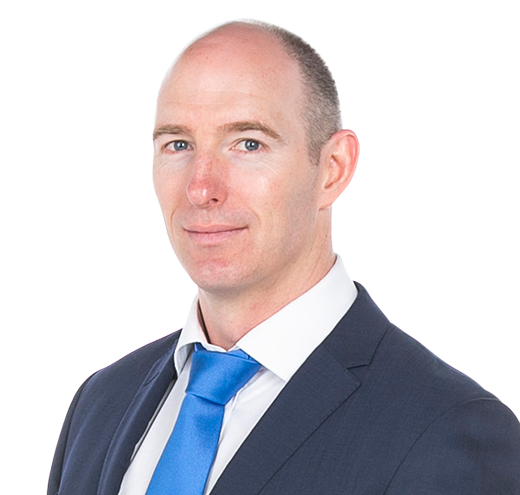- the preparation of Special Purpose Financial Statements ('SPFS') will no longer be allowed for certain for-profit private sector entities; and
- a new simplified disclosure standard ('AASB 1060') will replace the previous Tier 2 reduced disclosure requirements ('RDR').
Due to early transitional relief, it is time to start considering the impact of changing from SPFS to General Purpose Financial Statements ('GPFS') and potentially implementing the change for the financial year ended 30 June 2021. What does this mean? As of 1 July 2021, certain for-profit private sector entities who currently prepare SPFS will be required to prepare GPFS. Who will be affected? The changes only apply to for-profit private sector entities that:- are required by legislation to prepare financial statements that comply with either Australian Accounting Standards ('AAS') or 'Accounting Standards' (see below), or
- Their constituting document or any other document requires them to prepare financial statements that comply with AAS provided the relevant document was created or amended on or after 1 July 2021.
As an example, the change will apply to the following for-profit private sector entities:- Unlisted public companies;
- Large proprietary companies;
- Foreign controlled small proprietary companies;
- Crowd-sourced funding small proprietary companies;
- Financial services licensees.
Who will not be affected? The following non-reporting entities can continue to prepare SPFS:- Not-for-profit entities (private and public sector); and
- For-profit public sector entities.
Early transition incentive There will however be strong incentives for companies to transition to GPFS for the financial years beginning before 1 July 2021, with transition relief arising in various forms including;i) Entities will not need to restate comparative information for adjustments made because of recognition and measurement differences; and
ii) Entities will not need to disclose information required for Tier 2 disclosures in the comparative period, if that information was not required or disclosed in the previous SPFS.
Simplified Disclosure Standard (AASB 1060) AASB has announced from 1 July 2021 that a new simplified disclosure standard (AASB 1060) will replace the RDR standard for entities preparing Tier 2 GPFS. The reason for the change is to better align the Tier 2 disclosure requirements to the international standard, International Financial Reporting Standards ('IFRS') for SMEs. The replacement of RDR with the new simplified disclosure standard will apply to all entities that are currently preparing Tier 2 GPFS, including not-for-profit sector entities and public sector entities. Who are classified as Tier 2 Entities? Tier 2 entities consist of:- For-profit entities that do not have public accountability (large proprietary companies).
- Not-for-profit private sector reporting entities.
- Public sector reporting entities other than the Australian Government, State, Territory and Local Governments.
Why has this change occurred? The adjustment has been driven by IFRS policy changes which aim to improve reporting standards across the board. Australia is currently the only country that allows for SPFS. The changes detailed above have been recognised via the introduction of:- AASB 2020-2 - Amendments to Australian Accounting Standards- Removal of Special Purpose Financial Statement for Certain For-Profit Private Sector Entities; and
- AASB 1060 - General Purpose Financial Statements - Simplified Disclosures for For-Profit and Not-for-Profit Tier 2 Entities.
It is important to be prepared for these reporting changes. Clients should consider transitioning early to utilise the incentives and reduce the accounting burden in the 2022 financial year. Hall Chadwick WA is here to allow you and your business to prepare for these changes as best as possible. Hall Chadwick WA has extensive experience in the preparation of GPFS. Our team can provide you with the right advice to help your business transition as smoothly as possible through the changing financial environment.







